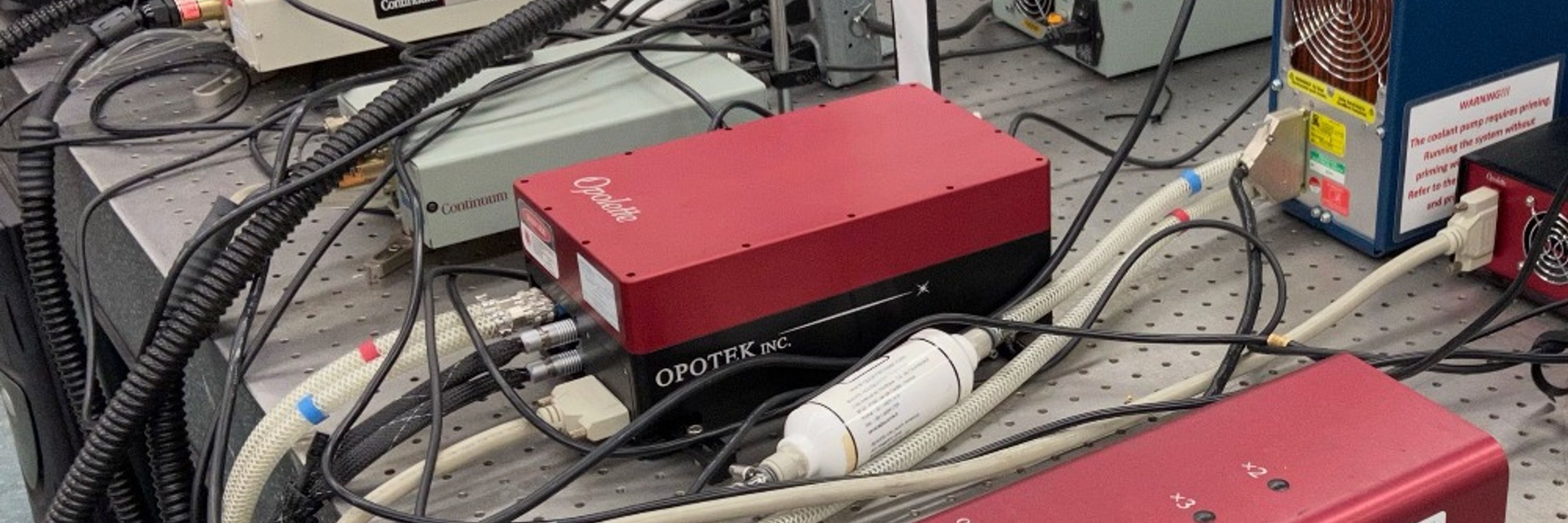
A simple, sensitive and efficient ultra performance liquid chromatography–mass spectrometry… #massSpecRSS #biomedchrom

A simple, sensitive and efficient ultra performance liquid chromatography–mass spectrometry… #massSpecRSS #biomedchrom
Yi-Mai compound (YMHJ), a traditional Chinese medicine… #massSpecRSS #biomedchrom

Yi-Mai compound (YMHJ), a traditional Chinese medicine… #massSpecRSS #biomedchrom


Source: Analytica Chimica Acta
Author(s): Ana Jano, Adrián Fuente-Ballesteros, M.Teresa… #AChimActa #MassSpecRSS
Source: Analytica Chimica Acta
Author(s): Ana Jano, Adrián Fuente-Ballesteros, M.Teresa… #AChimActa #MassSpecRSS
Source: Analytica Chimica Acta
Author(s): Alleigh N. Couch, Christopher M. Zall, J.Tyler… #AChimActa #MassSpecRSS
Source: Analytica Chimica Acta
Author(s): Alleigh N. Couch, Christopher M. Zall, J.Tyler… #AChimActa #MassSpecRSS
Source: Journal of Proteomics
Author(s): Michele Martins, Fábio César Sousa Nogueira, Magno Junqueira, Guillaume Nugue #MassSpecRSS

Source: Journal of Proteomics
Author(s): Michele Martins, Fábio César Sousa Nogueira, Magno Junqueira, Guillaume Nugue #MassSpecRSS

Tannins are widespread specialized plant metabolites that contribute significantly to the polyphenol content of… #MassSpectromRev #MassSpecRSS

Tannins are widespread specialized plant metabolites that contribute significantly to the polyphenol content of… #MassSpectromRev #MassSpecRSS


Source: Journal of Chromatography A
Author(s): Long Yuan #JChrom #MassSpecRSS
Source: Journal of Chromatography A
Author(s): Long Yuan #JChrom #MassSpecRSS
Source: Analytica… #AChimActa #MassSpecRSS
Source: Analytica… #AChimActa #MassSpecRSS
Source: Journal of Mass Spectrometry and Advances in the Clinical Lab
Author(s): Per… (JMSACL) #MassSpecRSS
Source: Journal of Mass Spectrometry and Advances in the Clinical Lab
Author(s): Per… (JMSACL) #MassSpecRSS






